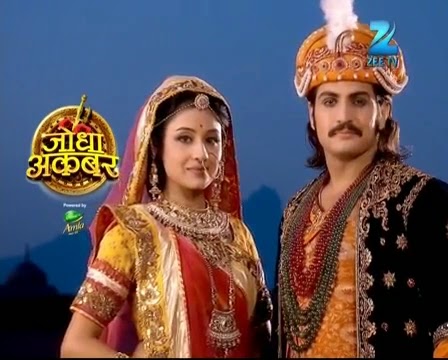

Though it was given a Hindi certification, the dialogues were crafted to suit the mood and sensibility of the scenes:Įmpress Jodha Bai and her attendants spoke in Hindi highly Persianised Urdu was used for court scenes and simple Urdu or Hindustani as the language of love and revolt.

The dialogues written by Amanullah Khan, Ehsan Rizvi, Kamal Amrohi and Wajahat Mirza were iconic and went a long way in making the film legendary. In this court of Akbar, Anarkali - a slave girl - is given the honour of dancing on the festive occasion of Janmashtami, that marks the birth of Krishna.


In fact, in his paper “Mughal-e-Azam: Narrating the Nation in Mainstream Cinema”, Prof Moinuddin A Jinabade: Centre for Indian Languages, JNU says that Akbar-e-Azam in the film was K Asif’s idea of Nehru. This hero was the soul of newly-independent India. While the play’s protagonist was Anarkali, in the film it is Akbar. K Asif, based his film on Anarkali, a historical fiction play by Imtiaz Ali Taj. This movie was a testimony to their belief in India’s pluralistic past, its syncretic culture and a future full of hope. The dialogue writers, Amanullah Khan, Ehsan Rizvi, Kamal Amrohi and Wajahat Mirza as well as director K Asif himself belonged to Uttar Pradesh and believed in the idea of India, choosing to stay on after the Partition in 1947. ‘Akbar-e-Azam in the film was K Asif’s idea of Nehru’ Photo by Homai Vyarawalla I had a long conversation with him and decided to examine the film’s legacy and relevance Therefore, how Mughal-e-Azam reflects or corresponds to the experience of the so called Nehruvian era of the post-Partition years is another consideration.” It may react directly or indirectly, positively or negatively to the prevailing spirit of the time. Today, when India’s first Prime Minister Jawaharlal Nehru’s legacy is under attack, history is sought to be re-written and there are suggestions to remove Urdu words from school curricula, a study of Mughal-e-Azam is interesting.Īnil Zankar writes in Mughal-e-Azam: Legend as Epic: “I am guided by the view that every film primarily belongs to its time in the sense that it reflects dominant ideas of the time in many ways.


 0 kommentar(er)
0 kommentar(er)
